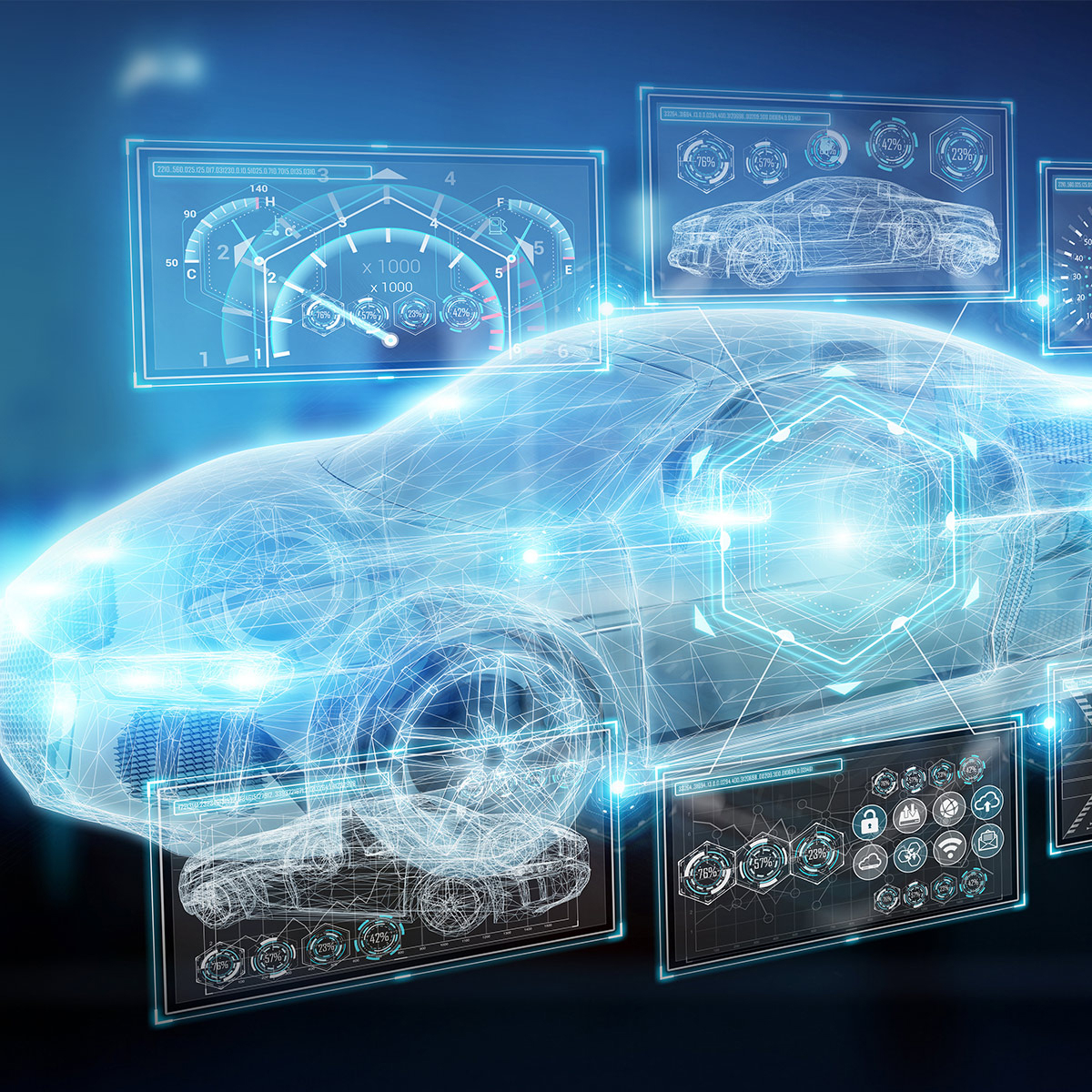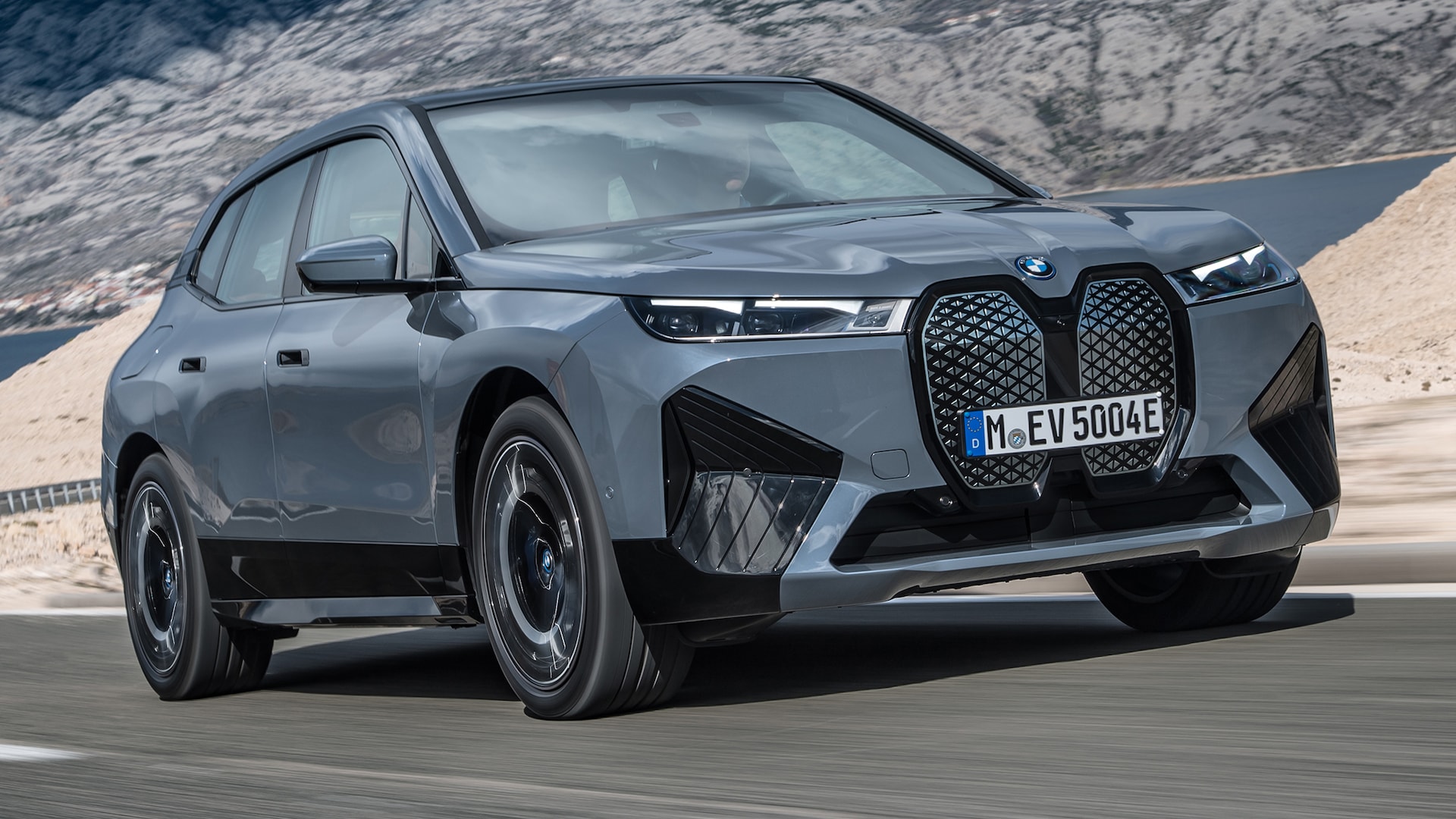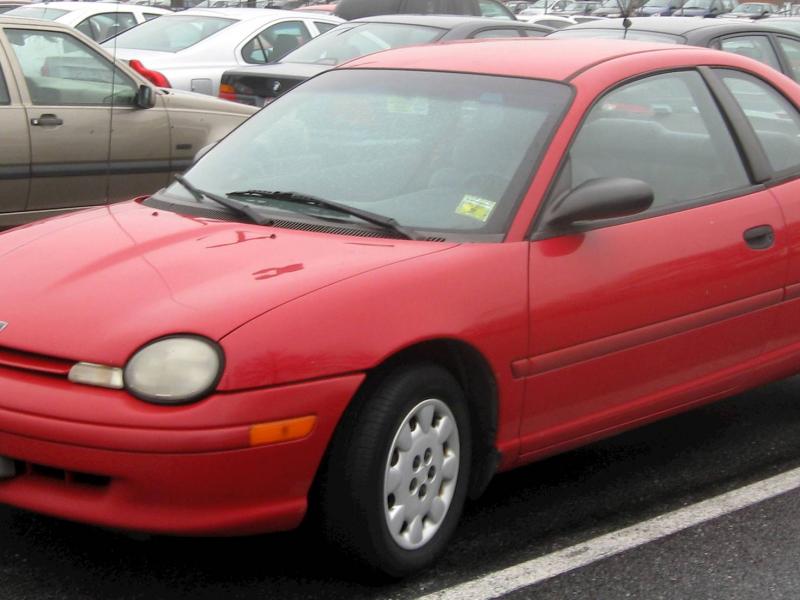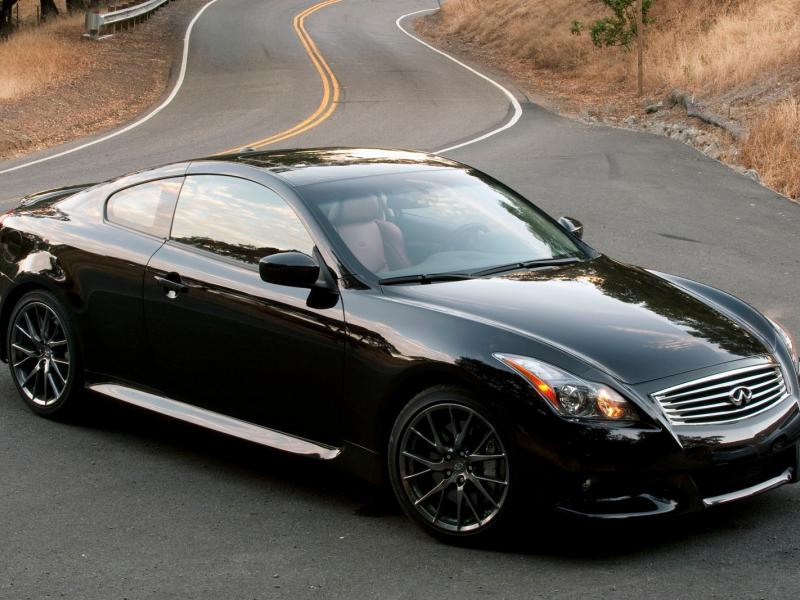Industry Pulse | Richard Seoane shows us how Autoliv Night Vision works in the Cadillac CT6
Have you ever been driving down the highway at dusk and suddenly had an animal, such as a deer, appear in your peripheral view? Driving downtown at night and didn’t see that pedestrian attempting to cross while you’re making a right turn? Well, Autoliv (pronounced like the “Liv” in “Liv Tyler”) — a well-established automotive supplier and industry innovator — has been working since 2005 to perfect its active safety technology to mitigate these nighttime surprises.
Each year in the U.S., there are more than 1.1 million car-versus-deer accidents, resulting in over $3.5 billion in damages. Autoliv is on a quest to reduce these incidents to nearly nothing, helping in the auto safety community’s quest toward zero deaths.
Image credit: Cadillac
Experiencing Autoliv Night Vision inside the Cadillac CT6
During the 2016 New York International Auto Show (NYIAS), we met with Autoliv Night Vision General Manager, Richard Seoane. While we sat comfortably inside the brand-new Cadillac CT6, Seoane’s colleagues demonstrated the Autoliv Night Vision technology, allowing us to get a better idea of how the tool works, as well as do a bit of infrared people-watching.
The 2016 Cadillac CT6 comes with third-generation Autoliv Night Vision, now able to detect animals in addition to pedestrians. A fully digital, high-resolution image displays in the center instrument cluster just in front of the driver (basically, what you see through the top of the steering wheel). Additional information by way of yellow and red icons — corresponding with pedestrian and animal alerts, respectively — appear in the head-up display (HUD) in the driver’s line of sight above the steering wheel, reflected off of the windshield. Fittingly, color-coded boxes surrounding the suspecting objects correspond with these icons, displaying in the center digital cluster.
The boxes, however, are simply for detection purposes — to let you know that there’s a person or animal out there near your vehicle. If you choose to ignore said boxes and the threat of coming in contact with those objects is impending, then you’ll get an audible alert reminding you to brake or take some sort of action.
The CT6 comes with auto-braking technology, yes, but it’s only applicable at low speeds and does not combine forces with the night vision tool to provide a proactive safety solution. In fact, Cadillac’s auto brake assist technology only works at low speeds, which would render it useless in many circumstances where the Autoliv Night Vision would prove helpful.
“Today, it’s not tied into automated braking,” Seoane tells us. “In the future, they’ll start interacting, so you’ll see that. We do prime the brakes, so a signal is sent to the module that controls the brake, but we don’t actually send the braking command itself.”
Robust as the system may be, it does not account for a deer or bicyclist suddenly crossing the vehicle from a much shorter distance, where a warning would not prevent a crash. Autoliv Night Vision will detect objects anywhere from 15 to 100 meters out in front of the CT6 with a 24 degree horizontal field of view. That means the infrared radar can see two car-lengths in front of you and out to the side.
It’s worth noting that on the CT6, drivers will have to go through the menu to select the option to allow the infrared night vision technology to display on the center digital cluster. It does not automatically display the infrared reading when a pedestrian or animal has been detected; however, the icon for person or animal will display in the digital cluster and on the HUD. Also, the car’s headlamps must be turned on for Autoliv’s system to work. It’s tied to photocells, so it has to detect that the time of day is “dusk” or “dawn”.
Image credit: Cadillac
Proliferation of Technology Impacts Affordability
Autoliv has a deep bench with BMW, Audi, Mercedes-Benz, Rolls Royce, Cadillac, and Bentley’s new Bentayga as clients. “We have two launches this year,” Seoane explains. “One is premium; the other is midsize.” In 2017, Autoliv will also be part of two more vehicle launches – neither of which he could disclose to us, of course.
As the technology progresses and costs come down, night vision becomes the new heated steering wheel or the next birds-eye view backup camera. “We would like this in all cars,” adds Seoane. “With a lot of the vision zero projects going on in the country, we feel that night vision could play a role in achieving that.”
And he may just be onto something. We record roughly 5,000 pedestrian fatalities every year in America, with nearly 70 percent of those occurring at night. Yet, according to Seoane, only a quarter of all driving occurs after dark.
The federal regulatory process hasn’t exactly made it easy for companies like Autoliv to get their cutting-edge fully integrated in American vehicles. The U.S. vehicle lighting regulations are more than 40 years old. Thankfully, the National Highway Traffic Safety Administration (NHTSA) has made mention of changing their regulations so that something as simple as a dynamic spotlight, like what Autoliv provides for BMW in Europe, could be offered stateside.
Why is infrared imaging superior? Seoane says that other tech, such as visible cameras, can be blinded by oncoming headlamps. “It’ll wipe out that image,” he tells us. “But in the infrared, it’s not affected by light because it’s picking up temperature differences.” Also, this technology works on inanimate objects, requiring just a one-degree temperature difference for Autoliv to image it. “If you’re driving into the setting sun, you can look at the image and see right past the glare of the sun,” added Seoane.
Image credit: Cadillac





